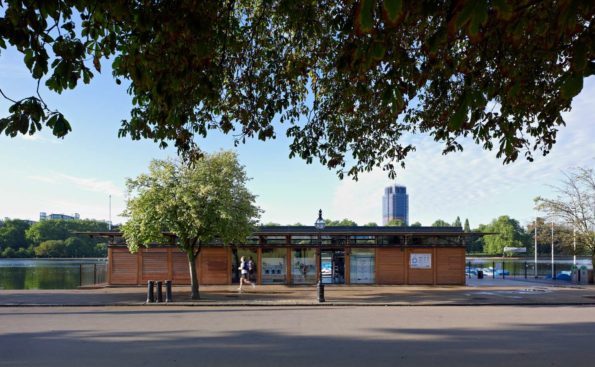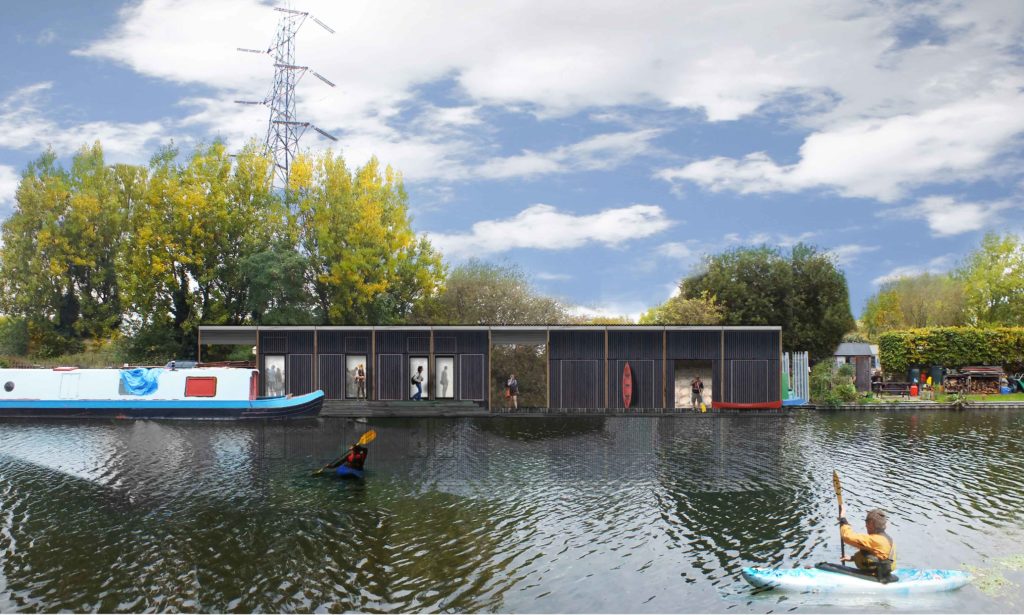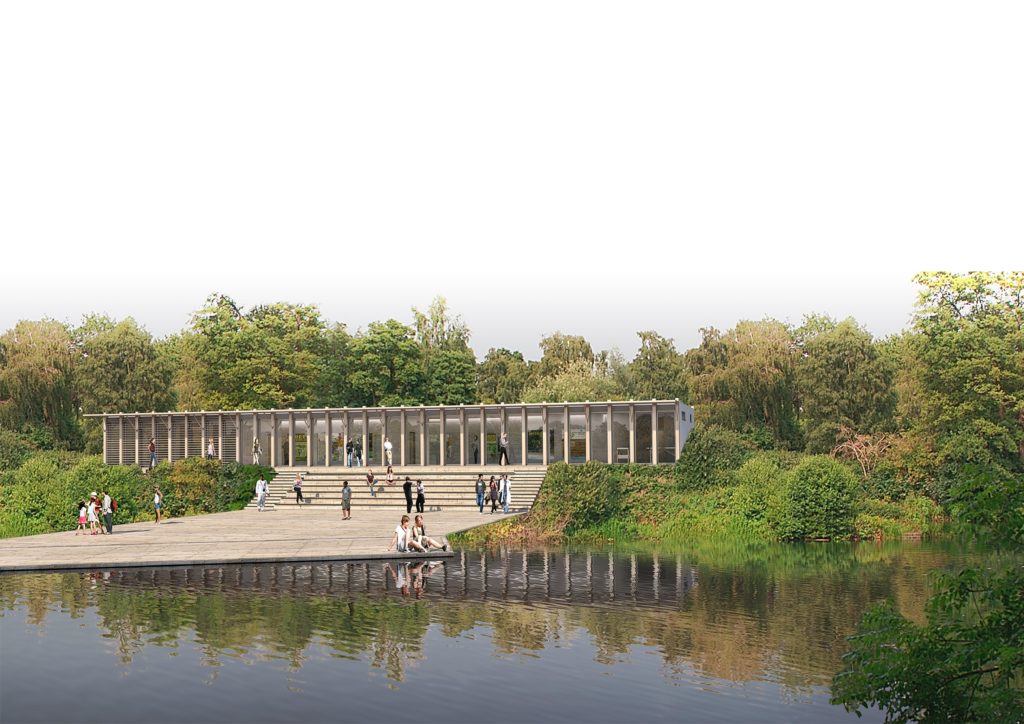Sustainability
The domination of technology on the form and structure of our cities has increased dramatically since the Industrial Revolution. The ability of mankind to harness the power of nature and utilise chemical energy has given us our competitive advantage over other animals and allowed us to transcend the human scale. The impact of these technological advances has resulted in a massive population explosion, which is now placing enormous pressure on our cities, and the regions that supply resources to these cities. A new balance between technology and nature is now required to enable the establishment of a framework for sustainable urban development.
The criteria necessary to achieve this balance used by Graham Ford Architects have emerged from an analysis of the different strategies of city making and different ecological concepts examined from the scale of the region, to the scale of the building component. These strategies and criteria developed following a travelling scholarship from the Todd Foundation and a post graduate Masters Degree in Architecture and Urban Design from Victoria University in Wellington. Below some of these concepts are demonstrated through case studies.
Sustainable development requires a better balance between ecology and technology, with reduced demand on nature’s capital, a more equitable society and an urban renaissance of our cities. Our built constructions must work with, and not against nature.




